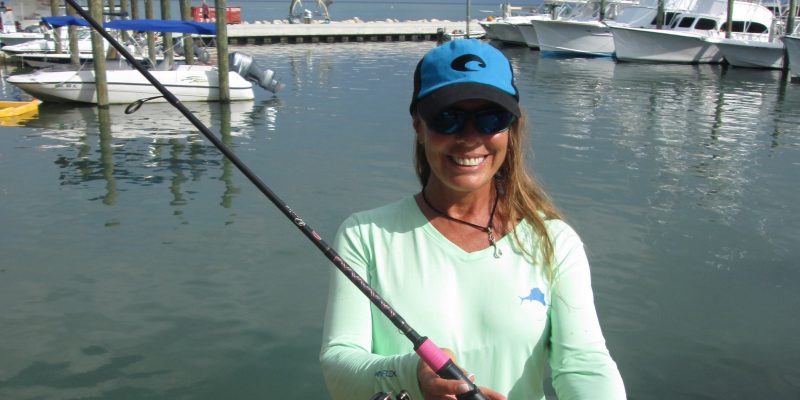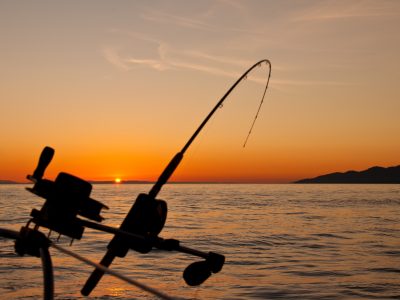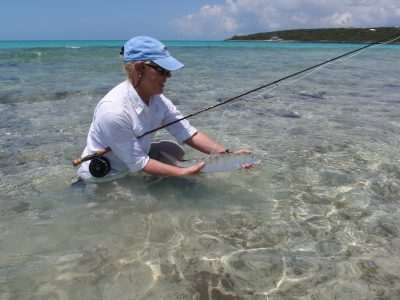Did you know that tides and winds can have a big impact on angling? These natural phenomena can affect your chances of catching fish. So, whether you are an experienced angler or just getting started, read on to learn more about how the tides and winds can influence your success on the water!
Tide

One of the most important factors that can affect your fishing is the tide. The tide is created by the gravitational pull of the moon and sun on the earth’s oceans. As the tide comes in, it brings with it a surge of water that can make fish more active. This is because the increased water level gives them more places to hide and ambush their prey. The best time to fish is generally when the tide is coming in and the water is rising.
- High tide – you’re going to have higher water levels that are going to allow bait fish to push closer to that shoreline. Generally, those predators are going to follow them because they’re more comfortable there. Those predators that are on the beach don’t like really shallow water, but these higher water levels with the high tide are going to allow them to push up closer to the shoreline and hunt. This gives you ample opportunities to fish on different stretches of the pier. You can find different areas that might not be as crowded and still catch fish because again, those fish are going to be scattered along the length of the pier. If you are fishing inshore on a boat, at high tide the fish are way back into the mangroves. You need to fish when the tide is going out in that case.
- Low tide – water level is going to drop down and it’s gonna pull those baitfish away from the shoreline. Predators aren’t going to want to be there at those lower water levels and you’re gonna find a lot of predator fish at the first and second depth changes. Generally, you’re gonna have depth changes right after and before the sandbars – there’s gonna be one: at the middle of the pier depending on where you live, and two: at the end of the pier. Angling at the end of the pier at low tide, different pelagic species are gonna run the ends like mackerel. If you’re fishing the middle depth change at low tide, you’re gonna find drum, pompano, whiting – there are tons of different species you can catch. The migratory pelagics are gonna be towards the end of the pier and a lot of your bottom feeders are gonna be in the middle depth change.
Wind

It is also important to be aware of how wind can affect the tide. If there is a strong wind blowing in from the shore, it can push the water back out to sea. [stu alias=”fishverify_blog”] This can make fishing more difficult because the fish will be more spread out and harder to find.
Depending on where you live, the time of year, and which direction your pier faces – those winds can be different in how they can either improve your fishing or completely wreck it.
- Onshore winds are when the wind blows from the ocean to the shore or the land. With onshore winds, it’s a really great win for trying to catch pelagic species like mackerel because all of the bait that they hunt (e.g. threadfin, glassed minnows, cigar minnows, little baitfish) will hold really close to the top of the water column. The surface of the water is going to be really heavily influenced by the onshore wind and they’re going to get pushed closer to the shoreline, which brings them closer to the pier, and generally, if there’s more bait closer to the pier, there’s going to be more predators. It sets up a really good scenario to catch mackerel and other pelagic hunters.
With onshore winds, it’s going to increase the chop (wave height) which is generally going to murk up the water, so it can be a little bit difficult to catch some of the bottom feeders that are holding closer to the bottom.
- Inversely, offshore wind will actually clean up the water, it’s going to calm down the chop so those bottom feeders like the drum can actually feed a little bit easier. Unfortunately, what it’s going to do is it’s going to push all that bait out so you won’t have as much luck with pelagics.
There are pros and cons to each wind, it comes down to what species you want to target and adjusting it to what kind of wind you have for that day.
So, next time you go fishing, take a moment to consider the tide and the wind. These factors can have a big impact on your success!
[/stu]


